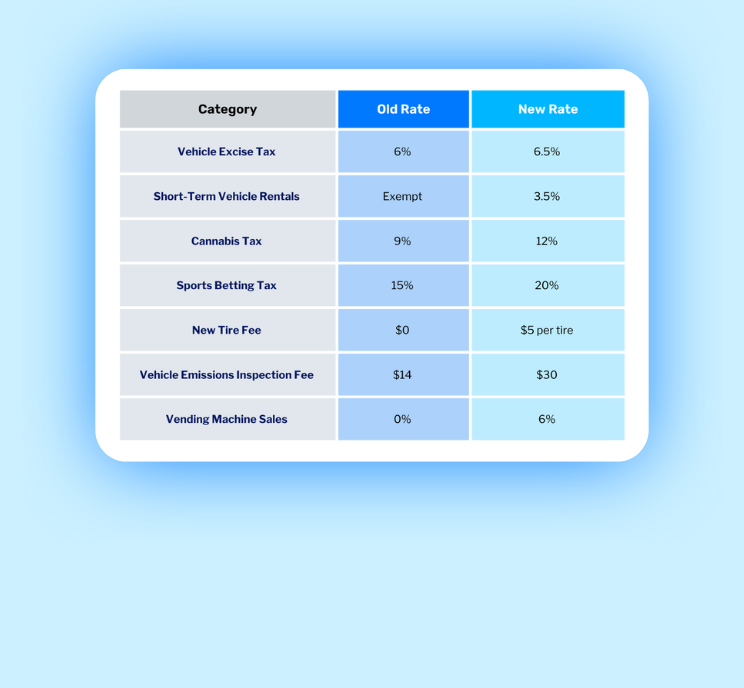Organizations of all sizes and industries struggle with budgeting for technology. By no means is it a solitary issue faced by a select group of organizations. It’s not an “industry specific” issue either. Technology budgeting is a challenge for everyone – from small non-profits to enterprise level manufacturers, and everyone in between.
A large part of the problem is a disconnect between the IT department and the finance team preparing the budgets. The annual IT budget meetings are not going to cut it any longer. Particularly not in a world where technology evolves and develops at the rate it does today. In 2019, budgeting for technology needs to become an ongoing conversation around need and cost that evolves with the rate of change. Procuring technology is not a game of catch-up, it’s a proactive shift to a culture dependent on technology.
A Culture Shift
How technology is viewed, and funds are appropriated has shifted significantly over the past several years. When it comes to technology and budgeting for its use, organizations are more willing than ever to make changes to their technology and overall IT departments. Even more, organizations are experiencing a greater willingness to spend on advancements, as they understand the benefits to the bottom line of modernizing technology.
Organizations will always have to budget for the devices needed to perform critical work functions; equipment like computers, tablets, phones, and printers. It is the backend systems where the most dollars are spent and is where the most opportunity is with today’s technology trends. Organizations are more adventurous, educated, and willing to understand the financials and determine if the course of action they’re currently on is still appropriate, or if it requires an updated strategy.
Industries of all types have begun to rethink their strategy around budgeting for technology. The types of expenditures organizations are making have changed drastically in recent years. There has always been a capital and operational component of technology spending, but recent shifts have trended more towards operational spending. Organizations have moved away from owning the physical technology to obtaining exactly what they need on a monthly basis.
Affordable Technology
Organizations are becoming consumers of technology rather than owners. It wasn’t long ago that technology budgeting included time spent figuring out what technology to purchase, who is going to construct the necessary technology, and who is going to operate and service it. Now, with cloud computing and software, the lifecycle of bringing new technology into the organization has been cut immensely. Organizations no longer have to allocate funds for purchasing and housing equipment. The strategic decision-making process has been reduced to researching which technology can be procured on a subscription basis.
The cost to obtain the preferred technology is reaching an all time low. Over the past few years, the cost to secure the top of the line technology has dropped considerably and is now at a low enough cost for many small to midsized organizations to afford. Technology like cloud computing has opened a lot of doors for many organizations to use advanced systems to increase efficiency and cut costs. Organizations have begun to understand the affordability of desirable technology is more attainable, and it’s removing barriers to entry for a lot of companies.
In addition to outsourcing the technology, organizations are beginning to outsource specific roles and functions of the IT department. Although certain organizations will always have in-house IT departments, many small to midsized organizations are utilizing consultants and third-party services to cover functions like data center hosting, customer service desks, email management, and user training.
What types of technology are being budgeted for, and how those budgets are being created, is changing alongside the technology landscape. But the one area that hasn’t changed, and shouldn’t change, is how much money is being allocated for technology spending. While the specific percentage is somewhat dependent on the industry – with non-profits requiring fewer dollars than a financial services organization – roughly three to eight percent of revenue should be budgeted for technology costs. Even though IT costs have decreased, the necessity of additional technology requires the spending level to remain the same. By now, every organization should recognize the benefits of technology are a requirement for overall success and growth.
There hasn’t been this much change when it comes to corporate technology in a long time, and the foreseeable future is going to be transformative. Organizations are witnessing sizeable shifts in technology investments, and while budgeting for technology may have changed, the influence of technology remains as important as ever.
If you would like to discuss how your organization should budget for technology, contact SC&H’s Technology Advisory team.






